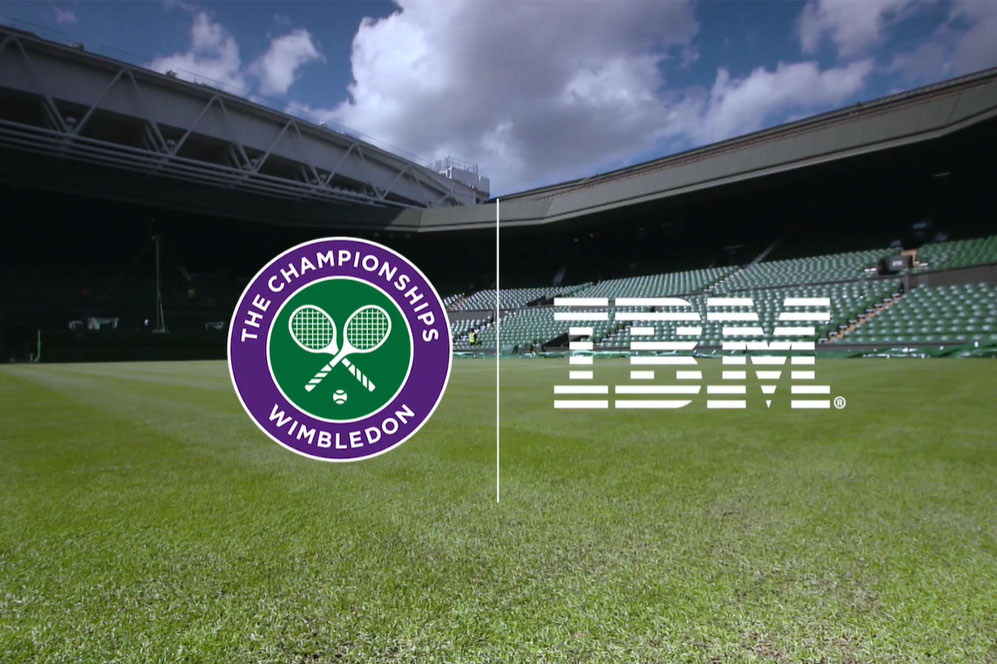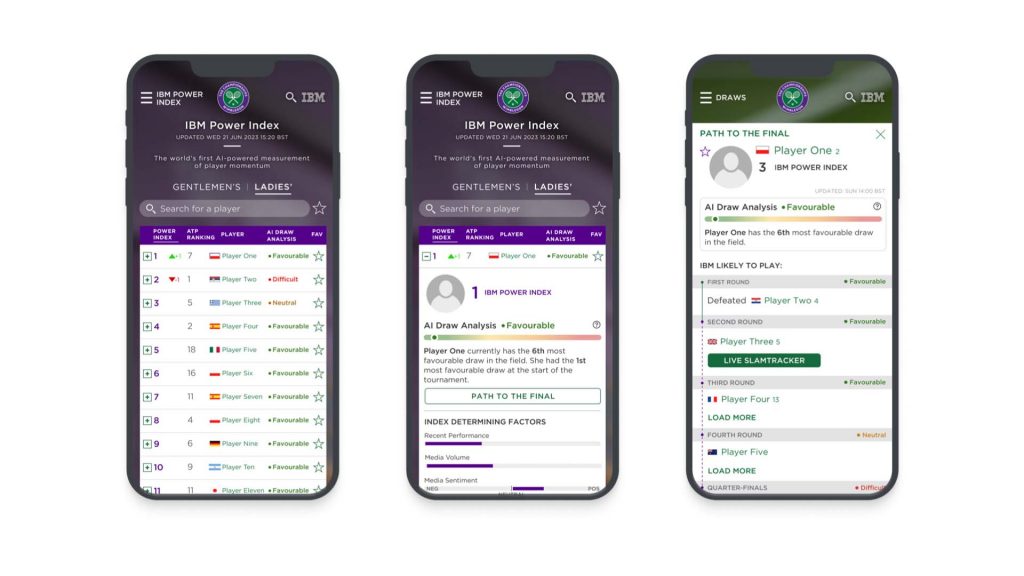Last spring, I booked a rather impulsive last-minute trip to Athens. Between packing, finishing work, and making sure everything was settled at home, I simply did not have enough time to plan for activities and although I had some general idea of the places I would like to visit and the things I would like to do, making a detailed planning based on the time I had there (which was only 2 days) was simply not possible before my flight. This led to me asking ChatGPT to fill in the rather large gaps in my planning on short notice. In this blogpost, I will share my experience on the trip and with ChatGPT as my guide.
Convenience
The moment I landed in Athens, ChatGPT became my personal assistant. Instead of wasting my time browsing the internet for recommendations, I simply asked ChatGPT what landmarks to visit first and how to arrange my time accordingly. I was provided with an immediate list of attractions with an approximation of the time needed to fully enjoy them. In asking additional on-the-go questions I was provided with a schedule filled with activities and sights based on my interests. When I needed a place to eat, it recommended the best restaurants based on my specific taste and If I wanted to spend more time than allocated in my generated schedule, I simply let ChatGPT know, and it adapted on the spot. At the end of the first day, I felt like watching the sunset, so I simply asked for a recommendation for where to go. Not only did ChatGPT provide me with an amazing spot to watch the sunset on Mount Lycabettus, but it also provided additional information on how to get there and recommended a café in the area with good reviews.

Limitations
Now let’s talk about the pitfalls I encountered while using ChatGPT on my trip. The most obvious one is the necessity for an internet connection for it to work. There were times where my phone had bad reception, which meant it was not possible to ask questions. Secondly, I found that ChatGPT’s answers, although very informative, lacked detail in some instances and it was not able to account for real-time information changes. It lacked the ability to provide information on changing ticket availability, or unexpected changes in event time-slots. Also, popular sites around Athens sometimes require the visitor to book tickets beforehand during peak seasons, which ChatGPT did not always account for.
My recommendation
My trip was a spontaneous one to begin with, but using GenAI made sure I really embraced the spontaneity of the experience. ChatGPT was truly at it best in providing the flexibility to enhance this. Considering the time constraints, it was able to assist on the spot, which saved me a lot of time. This allowed me to purely enjoy Athens and its sights, without having to stress about logistics. I was positively surprised by the AI’s ability to recommend hidden gems which one might not find in a regular traveling guide. And although it has its limitations, I believe using ChatGPT to enhance your travels provided a significant upgrade for my trip. As far as my recommendation, use GenAI to positively enhance your traveling experience but make sure you are not totally reliant on its use. Bring a physical guidebook as well!




